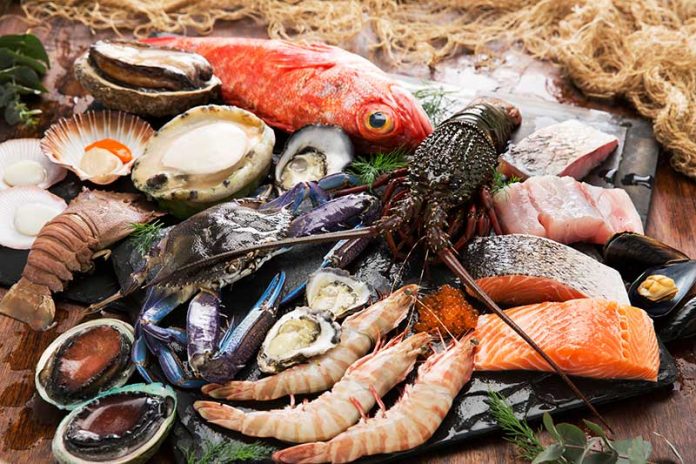Pakistan’s seafood exports to China rose sharply in the first quarter of 2025, reaching $153 million, compared to $121.93 million during the same period last year, according to data from the General Administration of Customs of China (GACC).
A report by China Economic Net (CEN) highlighted that frozen fish led the export surge, generating $40.10 million in revenue from 21.83 million kilograms in shipments this year, up from $30.19 million in 2024. Exports of fresh or chilled crabs also saw healthy growth, climbing to $25.68 million (3.53 million kilograms) compared to $22.65 million in the corresponding period last year.
Similarly, frozen cuttlefish exports rose to $20.29 million with a total volume of 8.04 million kilograms, up from $19.83 million in 2024. The most dramatic increase was seen in frozen sardines, sardinella, brisling, or sprats, which jumped to $11.24 million (18.39 million kilograms) from just over $3 million a year earlier.
CEN noted that this steady growth underscores the deepening cooperation in agriculture and fisheries between Pakistan and China under the China-Pakistan Economic Corridor (CPEC). It added that improvements in cold chain logistics and certification systems have expanded Pakistan’s access to the Chinese market, enhancing both quality and value of exports.
According to the report, Pakistan has now surpassed Russia and Indonesia in seafood exports to China, which stood at $8.39 million and $1.33 million, respectively. The introduction of a “green channel” clearance system for ice-seafood products has been key to maintaining product freshness and market competitiveness, CEN stated.
Pakistan and China’s economic partnership continues to evolve alongside their broader security, defence, and diplomatic cooperation. The two nations have a long history of trade and development agreements, including the Barter Trade Agreement (1963), Machinery and Technical Support Agreement (1966), Trade Protocol (1975), China-Pakistan Border Trade Agreement (1985), and the Technical and Financial Assistance Agreement for the Saindak Mining Project (1984).
Their collaboration deepened further with the 1989 bilateral investment protection agreement, which paved the way for Chinese companies such as Huawei, Zong, and Haier to establish operations in Pakistan. The launch of the China-Pakistan Economic Corridor (CPEC) later became the cornerstone of this strategic and economic partnership.




